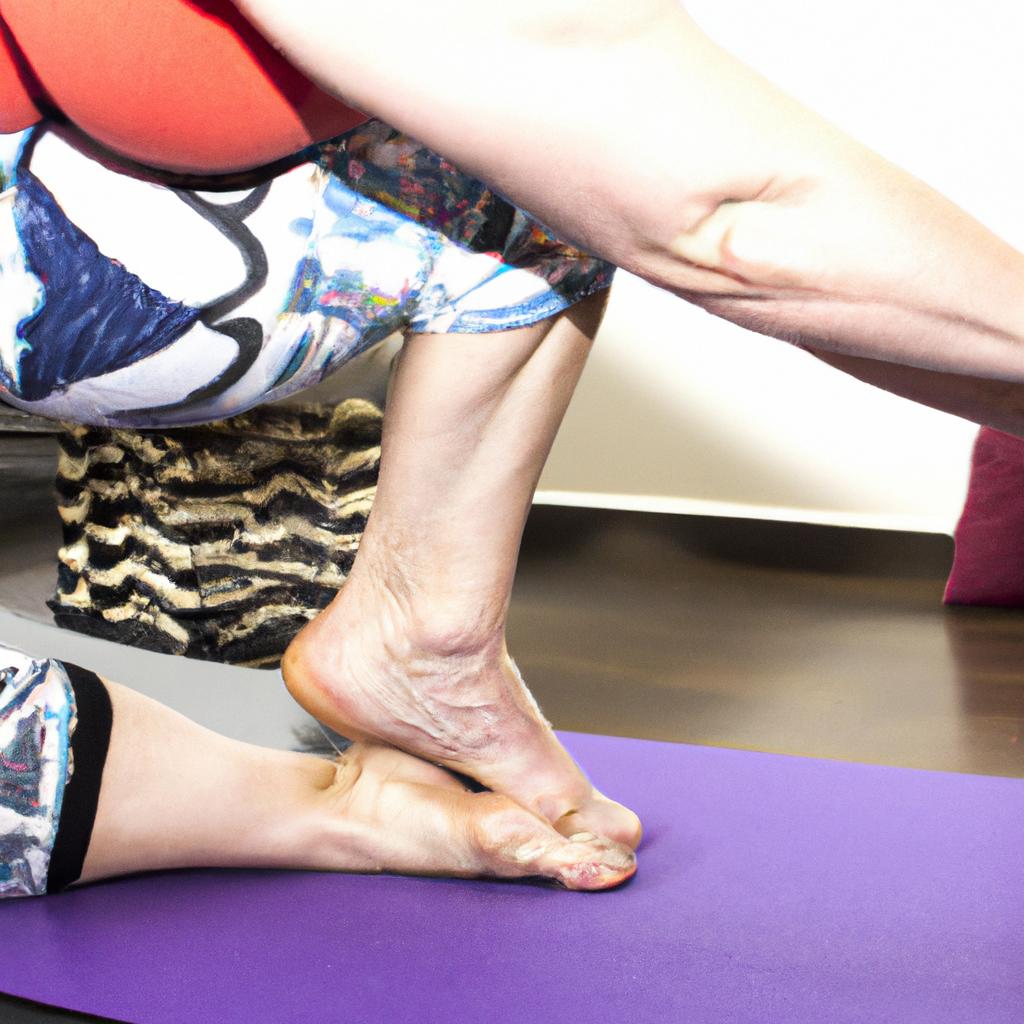**”The Integration of Yoga and Strength Training: How Combining Practices Can Enhance Performance and Prevent Injuries for Athletes”**
# The Integration of Yoga and Strength Training: How Combining Practices Can Enhance Performance and Prevent Injuries for Athletes
In the quest for peak athletic performance, many athletes prioritize strength training as the cornerstone of their training regimen. However, an increasingly popular approach is the integration of yoga into strength training routines. This combination not only enhances athletic performance but also plays a crucial role in injury prevention, flexibility, and mental focus. By merging these two distinct yet complementary practices, athletes can unlock their full potential and achieve a well-rounded fitness profile.
## The Benefits of Combining Yoga and Strength Training
### Enhanced Flexibility and Mobility
One of the most significant benefits of integrating yoga with strength training is improved flexibility. Strength training often leads to muscle tightness, which can restrict movement. Yoga, with its emphasis on stretching and mobility, counteracts this tightness. Poses like downward dog and pigeon stretch key muscle groups, allowing for greater range of motion and reducing the risk of injury.
### Improved Muscle Recovery
Yoga promotes blood flow and circulation, which are essential for muscle recovery. After an intense strength training session, athletes can benefit from yoga’s restorative poses. These gentle stretches help alleviate muscle soreness, expedite recovery, and allow athletes to train consistently without overtraining.
### Enhanced Mental Focus and Stress Relief
Athletics is not just a physical endeavor; it’s also a mental game. Yoga encourages mindfulness and concentration through breath control and meditation techniques. This mental training can enhance an athlete’s focus during performance, leading to improved results. Moreover, yoga helps reduce stress and anxiety, which can otherwise hinder performance.
## Nutrition Tips: Fueling Your Integration of Yoga and Strength Training
### Pre-Workout Nutrition
Before engaging in a combined session of yoga and strength training, it’s essential to fuel your body appropriately. Aim for a balanced meal that includes complex carbohydrates, lean protein, and healthy fats. Foods like oatmeal with nut butter or a smoothie with spinach, banana, and protein powder can provide sustained energy.
### Post-Workout Recovery
After your workout, prioritize recovery nutrition. Consuming a protein-rich snack, such as Greek yogurt with berries or a protein shake, within 30 minutes of finishing will help repair muscles and replenish energy stores. Additionally, hydration is key; drink plenty of water or electrolyte-rich beverages to rehydrate after your training session.
## Exercise Advice: Incorporating Yoga into Your Strength Training Routine
### Schedule Regular Yoga Sessions
To effectively integrate yoga into your strength training, consider scheduling yoga sessions two to three times per week. These sessions can vary from restorative yoga focused on recovery to more dynamic forms like vinyasa, designed to build strength and flexibility.
### Focus on Specific Muscle Groups
When planning your workouts, target specific muscle groups that may be tight or overworked from strength training. Incorporate yoga poses that stretch and strengthen these areas. For example, if you focus on leg strength, include poses like warrior II and triangle to enhance flexibility and stability.
### Create a Balanced Routine
Aim for a balanced routine that includes both strength workouts and yoga. For example, you may perform strength training on Mondays, Wednesdays, and Fridays, followed by yoga on Tuesdays and Thursdays. This balance allows for strength building while ensuring flexibility and recovery.
## Health Benefits of Integrating Yoga and Strength Training
### Injury Prevention
By enhancing flexibility and promoting balanced muscle development, the integration of yoga and strength training significantly reduces the risk of injuries. Many common athletic injuries stem from muscle imbalances and tightness, which can be mitigated through consistent yoga practice.
### Improved Athletic Performance
The combination of increased strength, improved flexibility, and enhanced mental focus leads to better overall athletic performance. Athletes who incorporate yoga into their strength training often experience increased endurance, speed, and agility, allowing them to excel in their respective sports.
### Holistic Wellness
Integrating yoga with strength training fosters a holistic approach to athleticism. This combination nurtures not only physical fitness but also mental well-being, creating a well-rounded athlete who is equipped to handle the challenges of training and competition.
## Conclusion
Incorporating yoga into strength training is not merely a trend but a strategic move towards enhanced performance and injury prevention for athletes. By embracing the flexibility, recovery benefits, and mental focus that yoga provides, athletes can achieve a balanced and effective training regimen. Ultimately, this integration leads to improved athletic performance, reduced risk of injury, and holistic well-being, ensuring that athletes are not only strong but also resilient and versatile in their athletic pursuits.















Post Comment